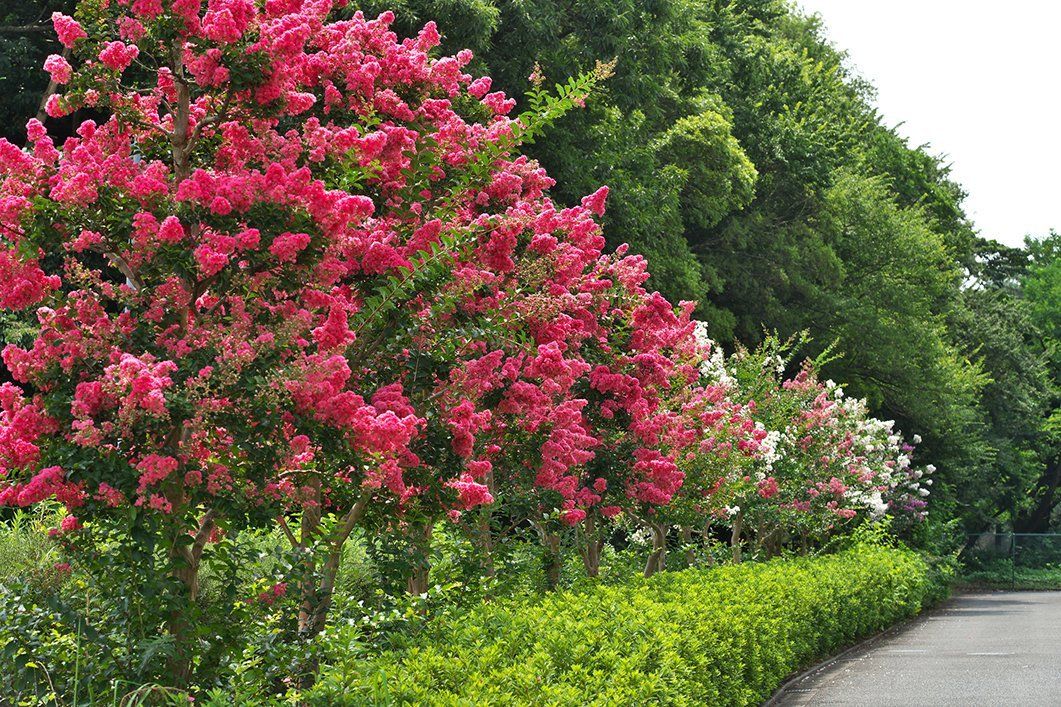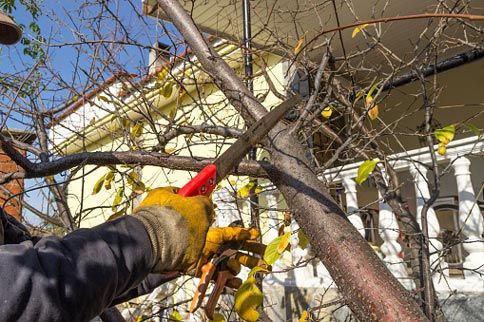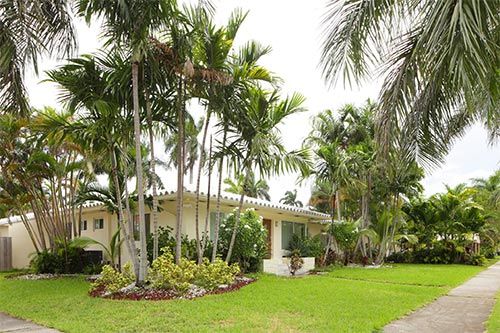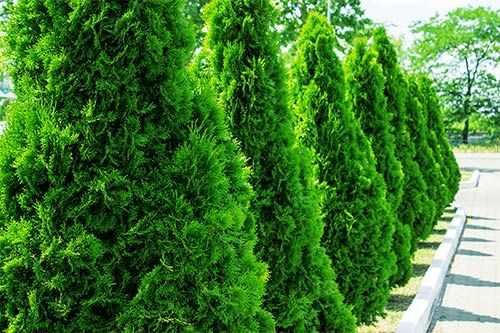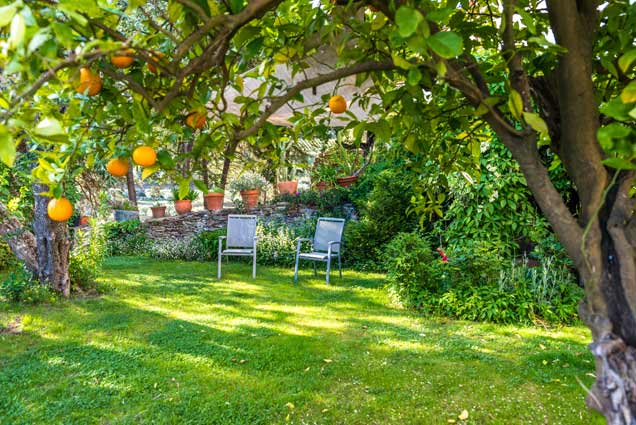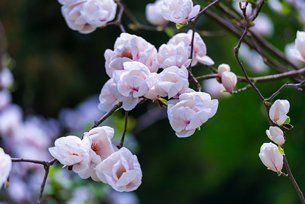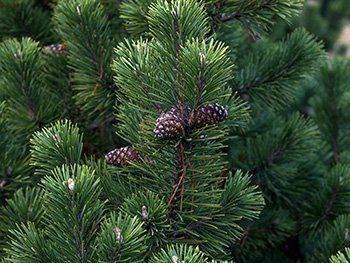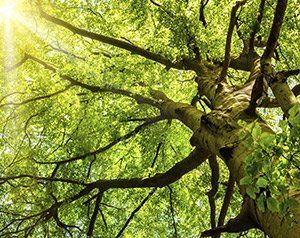With the weather still chilly and wintry, you may not yet be thinking about spring landscaping maintenance. However, late winter is actually the best time to provide your trees with some care. Most trees are dormant through the winter and remain so until early spring. This is the best time to trim them, clean up any debris beneath them, and apply fertilizer to the soil surrounding them.
Here's a closer look at each element of late winter tree care.
1. Tree Trimming
When you prune a tree in spring, summer, or fall, more sap will flow from the wounds. This sap may attract insects that could introduce fungal spores to the cuts, leading to an infection that could kill or damage your tree. Trimming in the spring is also a waste of the tree's resources. You trim away branches that the tree has already put effort into growing and developing.
By trimming in late winter, you minimize sap flow. You also help the tree conserve resources by removing unhealthy branches; this leaves more nutrients and water for the healthy branches, so they grow even stronger and greener.
If you are not comfortable climbing on a ladder, cannot reach your tree's tallest branches with a reasonably sized ladder, or do not have any experience trimming trees, you are best off hiring a tree service to come trim your trees. If you do choose to tackle this task yourself, here are a few tips to minimize damage to the tree:
- Sanitize your shears with rubbing alcohol between trees to prevent the spread of fungal diseases.
- Trim away branches with weak, V-shaped angles. Leave those with U-shaped angles.
- Do not remove branches more than 10 centimeters thick without a very good reason.
- Do not remove more than 1/4 of the crown during a single year.
There are a few exceptions to the rule of winter pruning. If you have a spring-flowering tree, such as a crabapple or crape myrtle, you can prune this tree in the late spring as soon as the flowers fade. This will encourage more plentiful flowers. You should never, however, trim a tree in the fall. Fungi are very active in the fall and are very likely to infect a recently trimmed tree.
2. Debris Cleanup
Hopefully, you raked up most fallen leaves and twigs in the fall, but there may be a few that have blown up against your tree during the winter. The fungi that cause leaf spot diseases like anthracnose can breed in these leaves and infect the tree once the weather warms up in the spring. So it's important to clean up the leaves before temperatures start rising.
Rake the debris into a pile, and either burn it or bury it to kill any active fungi. If you've had trouble with a lot of fungal diseases in the past, this extra care step may allow you to use fewer fungicides this coming year.
3. Fertilization
Late winter is the perfect time to fertilize trees. This way, the nutrients have some time to seep into the soil before the tree really needs them in the spring as it begins its growth spurt. Most mature trees only need to be fertilized every three to four years. If your tree has been growing slowly or showing other signs of stress, you may want to fertilize it annually for a few years.
Look for a fertilizer with an NPK ratio of 3:1:1. You may use, for example, a fertilizer labeled 30:10:10. Mix the fertilizer according to package instructions, and apply it along the tree's drip line. The drip line is an imaginary circle on the ground beneath the tree's furthest-reaching branches.
If you trim your trees, fertilize them, and clean up underneath them this winter, they will be ready for a vibrant and healthy spring. Contact Bid Ben's Tree Service if you're looking for a tree trimming company in the Jacksonville area.


